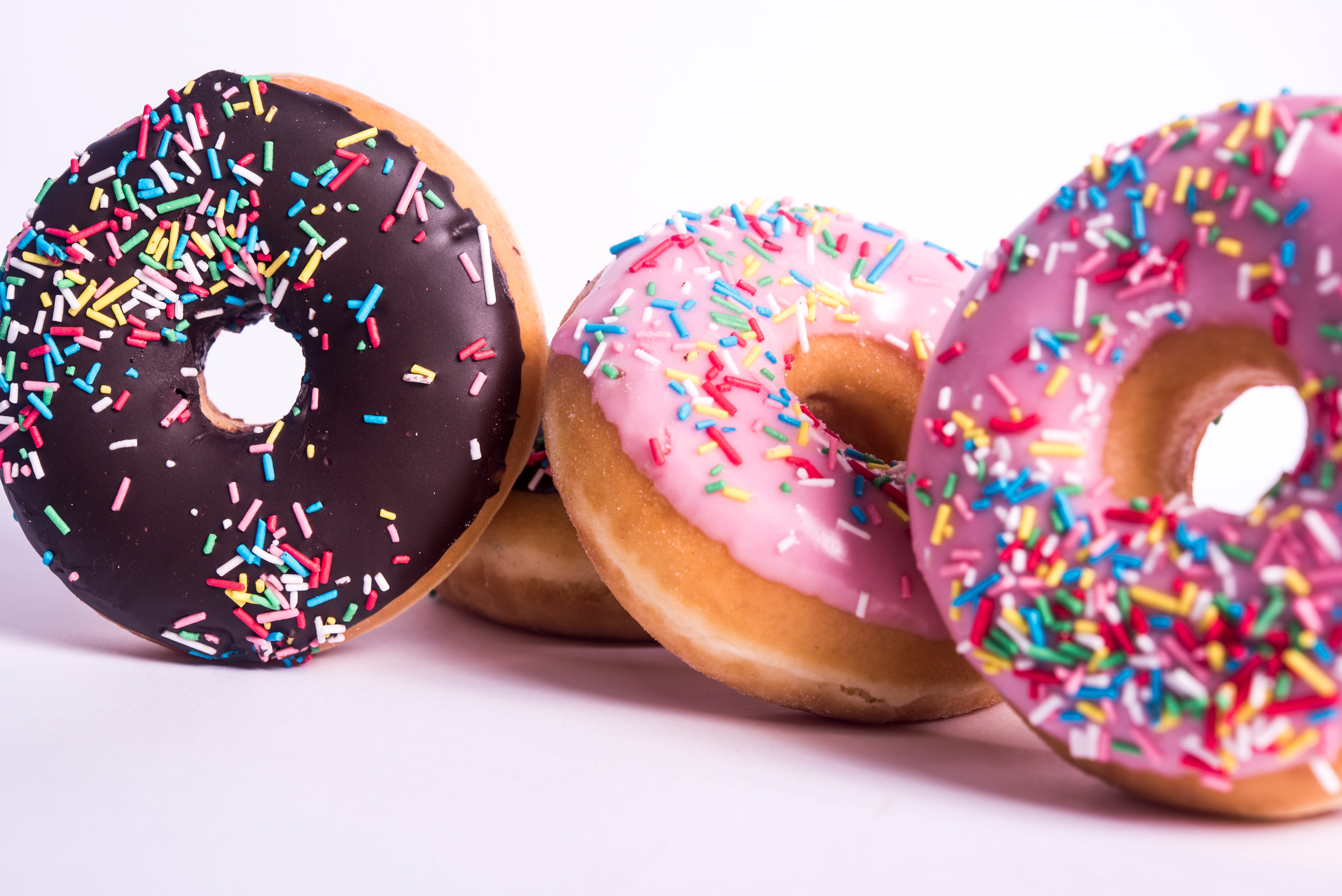Introduced back in April 2018, the sugar tax (officially named the Soft Drinks Industry Levy or SDIL for short) put a 24p charge on any drink containing at least 8g of sugar per 100ml. Fast forward to now and, amidst an ongoing obesity crisis and government backed health initiatives, there are rumours of this taxation being extended to include confectionery goods like chocolate and sweets.
But what could this mean for R&D projects within the confectionery industry? Join us in exploring this question by reflecting on how fizzy drink companies used research, development and innovation to overcome industry obstacles caused by the initial sugar tax.
Establishing new recipes
Of course, the simple solution to overcoming a sugar tax to ensure consistency in your product’s price is to, well, reduce the sugar! This is easier said than done, though, due to one important factor: how the product tastes.
Achieving the same flavour consumers know and love while using less sugar, or natural substitutes, is no easy feat. Just look at Sprite, who attempted to use the synthetic sugar alternative stevia to overcome the sugar tax threshold - the noticeable change in taste led to a 9.4% drop in sales that year.
So, tweaking formulas and recipes without compromising on the original flavours of the product is perhaps the most common research and development project we’d expect to see upon the introduction of a confectionery sugar tax.
But how would this innovation actually take shape?

Development by trial and error
For companies to reinvent their recipes, there’s a natural process of experimentation - and more often than not, the only way of properly understanding what works and what doesn’t is through good ol’ trial and error.
For many companies, however, this would entail closing existing production lines until a new recipe is established. Naturally, this can have major implications on your overall profit margins. With this in mind, we’d instead expect to see confectionery businesses open a second line of production, allowing the original production to continue until a healthier alternative is established.
From fresh machinery and processes to new conditions and ingredients, this is where your innovation would really come to fruition. This may be a lengthy and costly process - after all, it’s unlikely you’re going to get it just right the first time, and what works in the kitchen doesn’t necessarily work when scaled for mass manufacturing.
It’s important not to be turned off by the initial cost of investment, though. Providing you’ve faced sufficient scientific uncertainty and met the other eligibility criteria, you’ll be able to claim back some of the associated costs through R&D tax relief, regardless of whether or not your innovation was successful.
Whether the sugar tax will be extended to confectionery products is still yet to be determined - but there’s welcome relief in knowing that R&D tax credits could be an option when the time comes.
Want to get ahead of the game? Get in touch with us today to learn more about how we can help with your R&D tax claims.